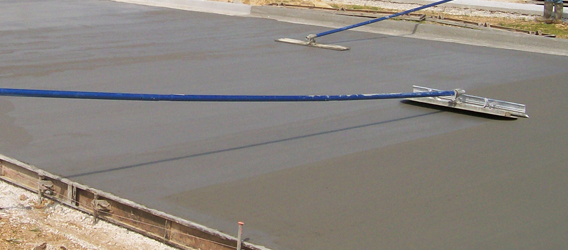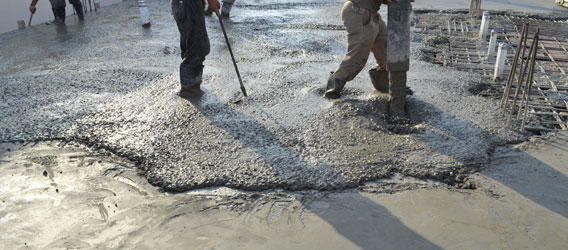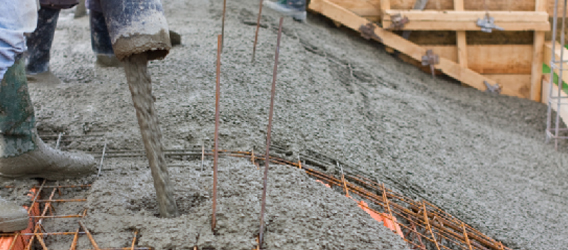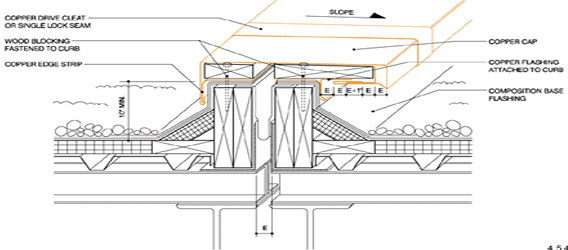Hot weather can also be damaging to concrete. The fresh mix will require more water than usual to achieve the required slump and workability, will set faster and have reduced working time, will more likely experience plastic shrinkage cracking on the surface, and will suffer variations in air content. The hardened concrete will have lower strength, more drying shrinkage and tendency to crack, less durability in freeze thaw exposures, and less uniform surface appearance. The adverse effects of hot weather increase as temperatures rise, relative humidity falls, and wind increases, and the damage can never be completely undone. There are, however, a number of recommendations which can help avoid problems. The following protective measures should be taken when temperatures are 90°F or above, especially when accompanied by windy conditions or relative humidity below 25%.
- To decrease the possibility of plastic shrinkage cracking, use the largest size and amount of coarse aggregate compatible with the job requirements and, if ordering from a ready mix supplier, specify a water reducing admixture.
- Locate control joints at slightly closer intervals than when concreting in milder temperatures, and plan the locations of construction joints ahead of time with smaller working areas in mind.
- Use sunshades or windbreaks as appropriate, and avoid working during the hot afternoon.
- Have enough workers on hand to keep the job running smoothly and quickly.
- If you are mixing concrete on site, sprinkle aggregate stockpiles ahead of time for evaporative cooling and use ice as part of the mixing water.
- Reduce the time between mixing and placing as much as possible and avoid excessive mixing. Do not add water to ready mixed concrete at the job site.
- Moisten the forms and reinforcement and moisten soil sub grades before placing the concrete.
- Cure the concrete for at least three days, but preferably for one week. When forms are removed, provide a wet cover for newly exposed surfaces.
The primary concern of hot weather concreting is the rapid loss of mixing water to evaporation. All of the protective measures outlined are aimed at preserving the moisture needed for cement hydration and curing. If adequate moisture can be maintained in the concrete for at least three and preferably seven days, there will be no decrease in the quality of the concrete compared to that placed and cured in milder weather.










